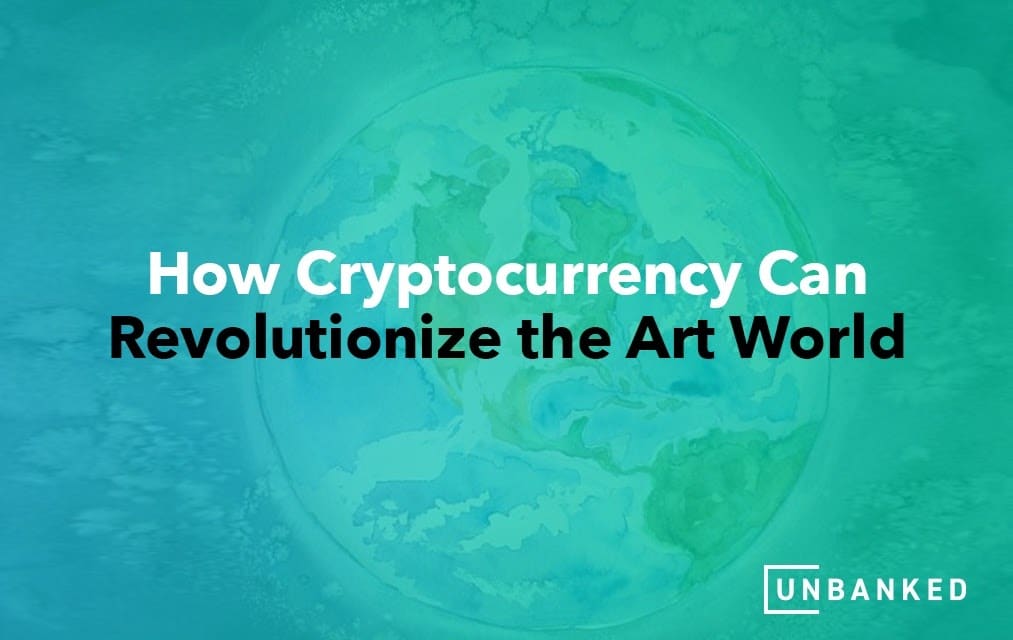
Over the centuries, art has been a fundamental part of human life and culture. With new technologies like 3D modeling, video games, and animation, artists can now create work in virtual spaces without worrying about banks or government regulations that might get in their way.
However, cryptocurrency is changing this by making it easier for them to receive payment with fewer restrictions from third-party institutions such as the two examples mentioned earlier on — not just allowing but also encouraging artistic expression more than ever before!
The Problem with the Art Market

Behind the gaudy façade of the art world, many contemporary artists struggle to make ends meet, no matter how good their work is. This can be very daunting for talented artists, especially when trying to find patrons in a tough economy. When you think about it this way, talent really becomes more than just something they sell, but rather something we, as a society, need and take advantage of when possible!
With regard to the 21st century, these patrons — even art galleries — are nothing more than centralized corporations that employ artists for financial gain. When they make agreements with artists and promote their work, they also take a much larger chunk of profit, which rightfully belongs to the artists who made it happen.
They have transformed from benefactors into investors seeking a monetary return on investment (ROI) at any cost — even by exploiting creative talent or destroying an artist’s integrity to maintain profitability.
Enter the Blockchain

Blockchain is revolutionizing the art market just like it did with banking. Unlike a conventional gallery, where one person must act as an intermediary between buyers and sellers to verify their authenticity, Blockchain can connect artists and consumers in ways that are both secure and transparent because there will be no centralized patron acting as the central hub for transactions.
Art is a multi-billion dollar industry, and patrons are cashing in. In 2017 alone, there were 39 million transactions that resulted in over $63 billion being spent on the global art market. The number of centralized patrons in any transaction makes it very difficult for artists to reach their goals. But with the Blockchain, this becomes easier. Not only that, but it becomes easier for artists to reach their target audience and their fans. After all, they are dealing with them directly now.
How Cryptocurrency Helps the Art Market
The blockchain can help artists in a variety of unique ways. They can help confirm copyright, act as an auction house, or even help to track digital art. There are even summits being held, which we will look at first, dedicated to the collaboration between the art and blockchain industries.
Summits Dedicated to Art and Blockchain
The modern art industry is taking a turn for the digital. Media coverage of this subject increased, and a number of conferences focused on it were held. The 2018 Ethereal Summit was one such conference that ended with an auction to benefit arts organizations around the world.
Christie’s, which is often regarded as a leader within its field, hosted its first-ever Art+Tech summit dedicated solely to exploring Blockchain technology, Speakers discussed if or how the art community would be ready for cryptocurrency changes from both philosophical perspectives and through practical applications, such as auctions at major galleries using digital currencies created specifically for artists called “tokenomics.”
Intellectual Property Rights

Blockchain offers a way to store and access intellectual property. The decentralized system will allow artists the freedom of handling their copyright however they want, through whatever device or platform is open.
Muso, a company that protects copyright for internet art, released statistics stating that in 2017 there were over 300 million visits to pirate content websites. That is a 1.6% increase from the year before and could mean an uncertain future of struggling artists who rely on this medium as their livelihood.
Kodak and Baidu are two companies that created Blockchain initiatives to manage and protect copyright (mainly for photos, as they are the most pirated art material on the web). Kodak has developed a cryptocurrency that can be used on its platform as well, while the app from Baidu is being utilized for writing information about media’s ownership into blocks of data in what we know as “the chain.”
The Launch of a Blockchain Auction House

Portion’s blockchain-based auction house is now open for business. The project has been backed with $5.5 million in funding by the company’s CEO, Jason Rosenstein, who also happens to be a top technologist in this arena and will lead Portion as it continues its journey into blockchain-influenced territory of digital art marketplaces.
Portion’s primary goal is to make art investment more accessible by eliminating all buffers from transactions with its own cryptocurrency, PORTI Tokens (“porti-tokens”). While the platform currently only operates using digital artwork, it is working to expand and will eventually offer physical artwork as well. Buyers can buy or sell using any currency they want through a conversion system that ensures fairness.
Tracing Creative Content
Blockchain is a secure and decentralized system of storing data that may revolutionize the way we track art. Artists can create their own digital certifications, which are stored on the blockchain for later validation by experts to assess the authenticity and/or value.
Blockchain also protects artists from being copied. Anyone who tries to copy an artist’s work would have their certification rejected as invalid due to it not matching up with the original one in the blockchain.
Blockchain offers many benefits over established methods of tracking artwork, such as paper-based archives and databases. This new technology provides clarity during every step of production: when the artwork was sold, what price was set, how much interest was created at each event, and the list goes on. This is all done securely through cryptography techniques so there will be no disputes about ownership or provenance among artists or their clients.
The Open Music Initiative

Let’s leave the world of physical art for a moment and discuss more of an auditory art: Music.
Platforms like the Open Music Initiative, a non-profit initiative that restores copyright for authors, are beginning to emerge. This project is co-led by the Berklee College of Music and Massachusetts Institute of Technology (MIT) and can track music use, plays, and location of plays — all information used to sell rights securely with built-in smart contracts.
Musicians have also been turning to blockchain solutions because of fraudulent or speculative tickets on the market. Thus, we now see platforms offering blockchain-based ticketing services so organizers can keep an eye out for buyers while preventing re-sales from happening before events take place.
Final Thoughts
Blockchain is a technology that could revolutionize the art world. The blockchain provides an infrastructure for trading digital assets and smart contracts, which can be leveraged to decentralize markets in ways not possible before.
There are many opportunities emerging because of this cutting-edge innovation that will have far-reaching implications for artists, collectors, dealers, and auctioneers alike. We at Unbanked believe in the value of art and the far-reaching advancements it can bring, so we’ve been following these developments closely as they unfold — stay tuned!
We’re excited about how cryptocurrency may help make it easier to purchase artwork online from anywhere in the world, and how it can make it easier for musicians to track their music and ticket sales to receive fair and equitable compensation!





